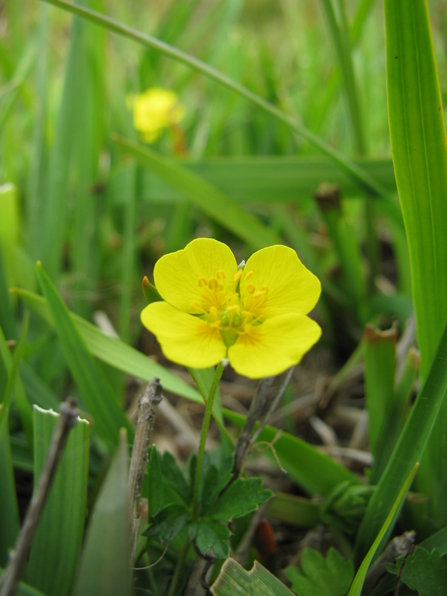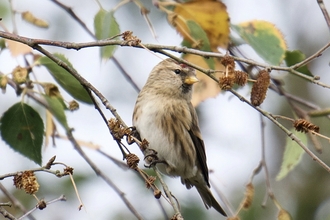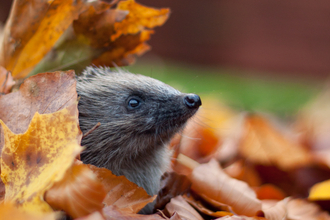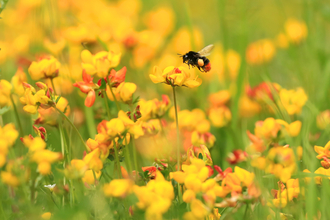The heather on the heathland, stunning in August, is now gently fading. Millions of seeds will be shed but the tiny papery flowers will persist until spring. There were dense swathes of ling, Calluna vulgaris, on the dry sandy slopes and in the upper bogs; pleasing to see many juvenile colonies in flower. On the sandy paths through the ling the beewolves, Philanthus triangulum, were busy. These solitary wasps feed on pollen but their larvae, in their few days of life before pupating, eat meat, so the female paralyses then carefully carries honey bees to the burrow in the sand, and lays an egg on them. Each cell has several bees, preserved from mould in the humid warmth by nitric oxide emitted by the bee eggs.
Cross leaved heath, erica tetralix, with pale pink bells and grey-green foliage, favours damper spots but often grows tangled with ling and devils-bit scabious on hummocks of sphagnum moss with other plants or shrubs. These intricate colonies invariably include a dainty perennial that has flowered since May and will only stop with autumn frosts – tormentil, Potentilla erecta. A member of the rose family with miniature strawberry leaves, the flowers of four indented yellow petals look almost square. In tussocks the slender scrambling stems are supported by other plants but it is just as happy threaded through close-cropped turf, spreading small spangles of gold at the feet of walkers and animals. The flowers are rich in nectar so an important source of energy for insects and butterflies throughout the summer.




